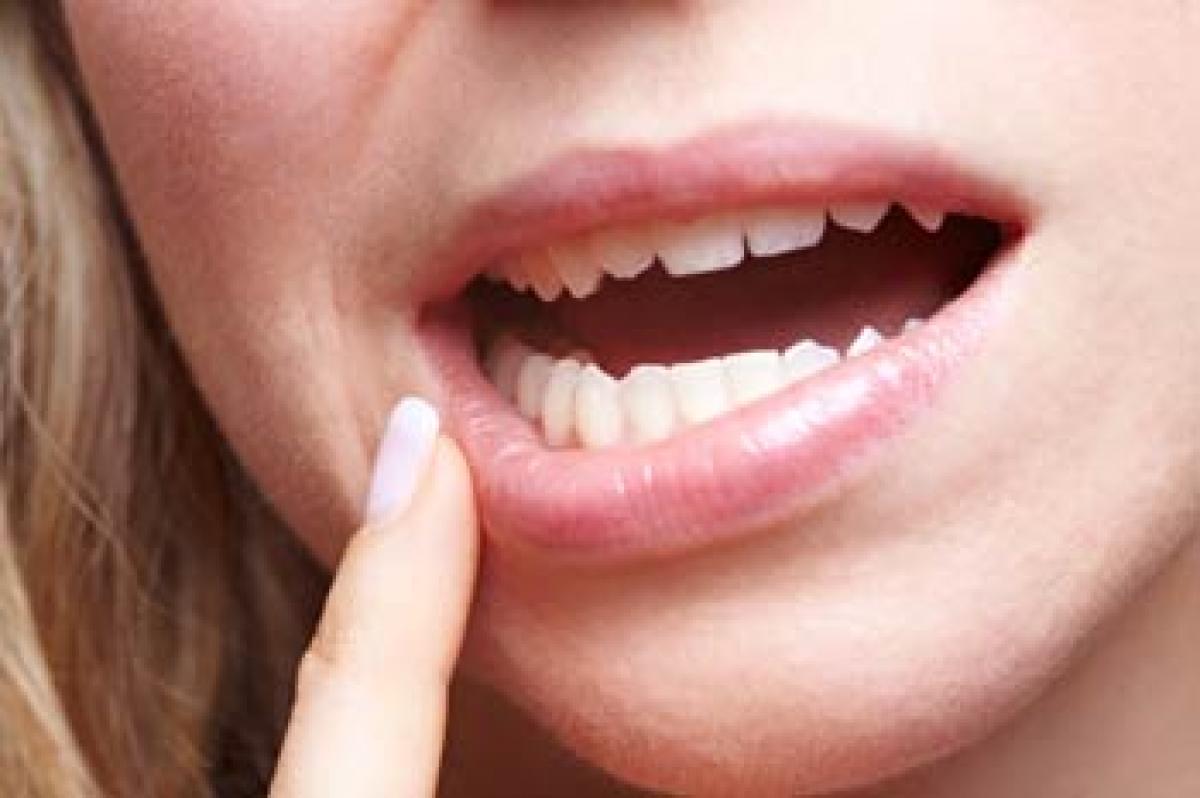Live
- Steps to safeguard natural springs gain momentum
- RWAs want officials to clear fog over SCB-GHMC merger
- Tanks, canals remain neglected despite execution of MGNREGS works
- BRS to celebrate Deeksha Diwas on Nov 29, Dec 9
- NCC Day grandly celebrated at SITAM
- CITU demands rollback of strategic sale of VSP
- 7-Year-old girl sexually assaulted in Tirupati
- PM Modi highlights govt's efforts to make Odisha prosperous and one of the fastest-growing states
- Hezbollah fires 200 rockets at northern, central Israel, injuring eight
- Allu Arjun's Family Appearance on Unstoppable with NBK Breaks Viewership Records
Just In

Worried that you may have gum disease? Red and swollen gums, sensitivity of teeth and receding gum line and appearance of slightly elongated teeth might hold the answers to your doubts, says an expert.
Worried that you may have gum disease? Red and swollen gums, sensitivity of teeth and receding gum line and appearance of slightly elongated teeth might hold the answers to your doubts, says an expert.
Kamlesh Desai, a renowned senior aesthetics dentist in the country, lists down some warning signs to watch out for:
* Bleeding: The first tell-tale sign of gum disease is the presence of blood on your toothbrush. If you happen to spot blood during and after brushing your teeth or while eating food, be cautious. Unexplained bleeding of the gums is most certainly the sign of gum disease and should not be ignored as it could be the first sign of a more serious underlying condition as well
* Red and swollen gums: Periodontal infection causes gums to swell and become tender. These sore and swollen gums can be extremely painful and cause great discomfort. Red, swollen and puffy-looking gums are a dead giveaway of gum disease
* Sensitivity of teeth: The first thought that comes to mind when teeth start getting sensitive is that tooth decay could be the cause and you start avoiding foodstuff that aggravate this sensitivity. Chances are that the sensitivity has been caused due to the onset of gum disease and not tooth decay and needs more care than just avoiding certain foods and beverages
* Bad breath: Generally, people who have this hugely embarrassing condition avoid particular foodstuffs thinking they can do away with bad breath. But, the solution is not as simple and the cause is often deep rooted. Presence of plaque, bacteria and decomposing food particles present in the mouth result in gum diseases that are responsible for Halitosis, also known as bad breath
* Receding gum line and appearance of slightly elongated teeth: A strong indicator of periodontal disease is recession of the gums where the margin of the gum tissue pulls back, exposing more of the tooth or the tooth’s root. This is due to the bacterial gum infection that destroys the gum tissue. Additionally, recession of the gums can make your teeth appear to be ‘longer.’ If you notice that your teeth look longer all of a sudden, it could be a muted sign of the underlying gum disease
* Loose teeth: Destruction of the bone and gum tissue due to periodontal disease results in loose and shifting teeth. As the tissue deteriorates, there is a high chance of teeth becoming more loosely attached. And, there are big gaps between the teeth due to the shifting
If one begins to notice any of these signs, the first step would be to switch to an effective gum care toothpaste with zinc citrate. Zinc Citrate protects gum and also helps reduce gum bleeding.

© 2024 Hyderabad Media House Limited/The Hans India. All rights reserved. Powered by hocalwire.com







